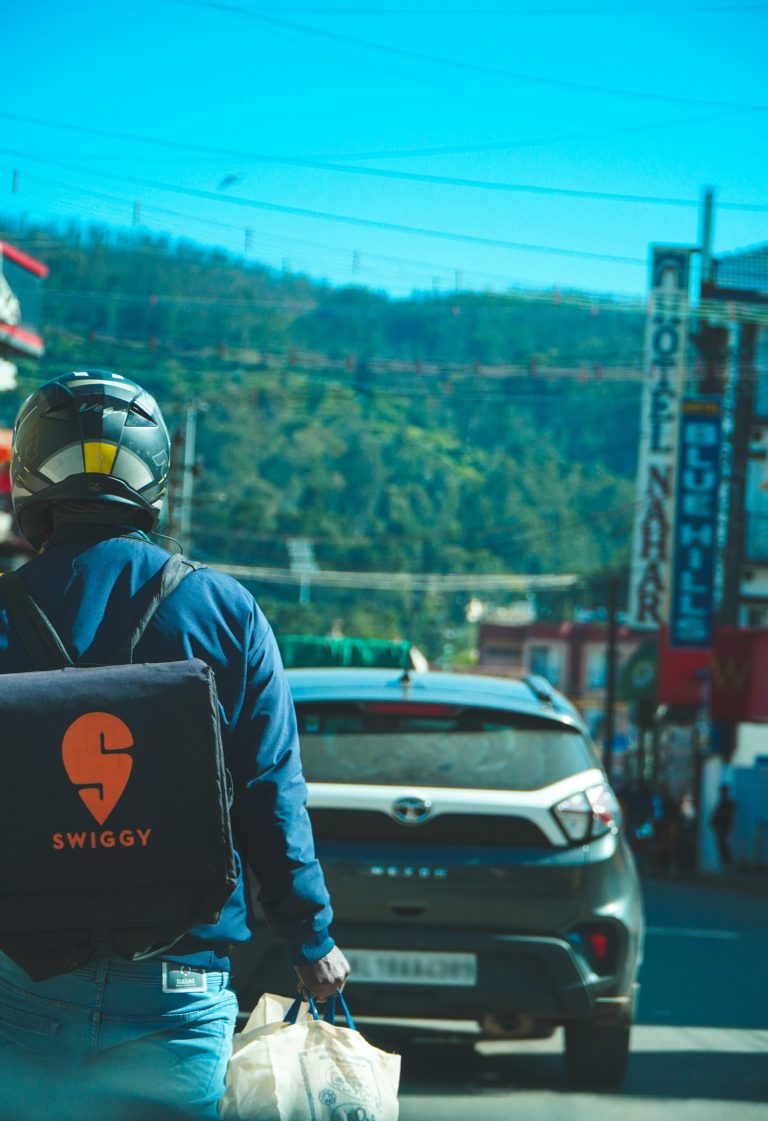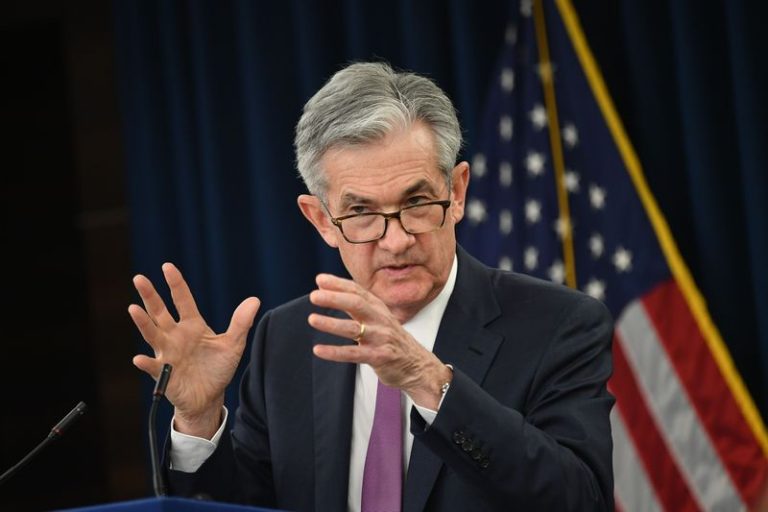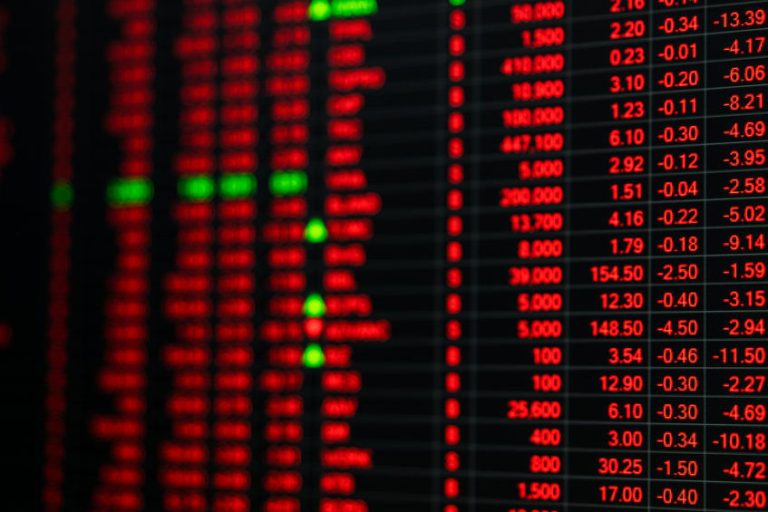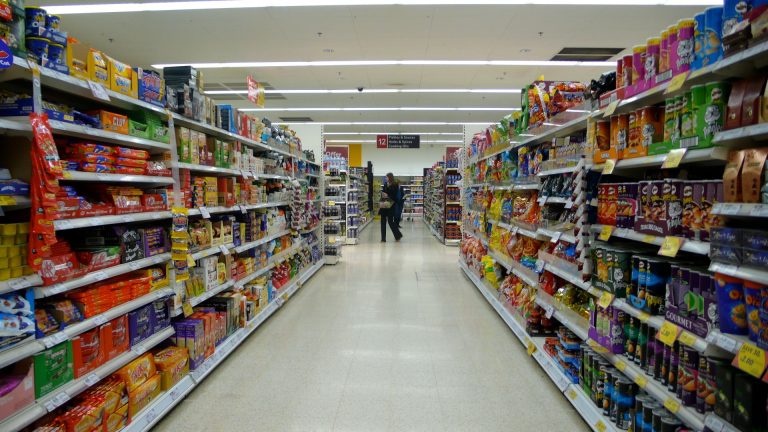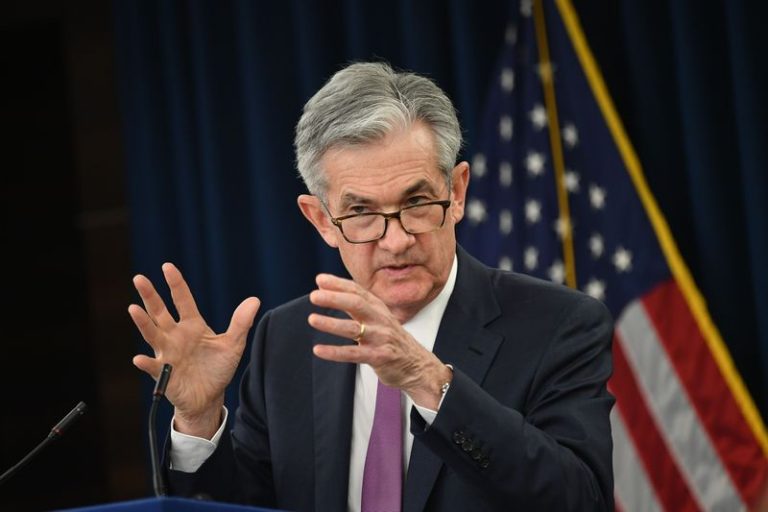Indian food delivery giant, Swiggy’s share price has had a rough start to the new year.
Since the start of 2025, the stock has corrected around 10% but still trades above its IPO price of ₹390.
However, analysts at ICICI Securities think the stock can turn things around.
Swiggy share price target
ICICI Securities initiated coverage on the stock with a “buy” rating and a price target of ₹740. The target reflects an over 46% upside from the stock’s last closing price of around ₹507.
The brokerage also has a “buy” rating on Swiggy’s competitor and market leader Zomato.
Earlier in the week, global research Bernstein had initiated coverage on the stock with a “buy” rating and a target price of ₹635.
Swiggy’s comeback
ICICI Securities highlights a growing preference for Swiggy among restaurant partners, as revealed by their survey data.
Swiggy has demonstrated strong execution in initiatives like Swiggy BOLT (a 10-minute food delivery offering) and Swiggy BLCK (a premium loyalty program).
According to management, BOLT now contributes approximately 9% of Swiggy’s food delivery Gross Order Value (GOV), with 200–300 basis points of this attributed to fresh demand, while the remainder reflects replacement demand.
This additional demand could support market share gains for Swiggy in the near term, the analysts added.
In the quick commerce segment, ICICI Securities believes that Swiggy and other leading incumbents have established a significant advantage through the rapid expansion of their dark store footprint.
This strategic move creates a high entry barrier for new players.
Projections suggest that the top three incumbents could control over 75% of India’s feasible dark stores by FY26, limiting the scope for disruption by new entrants.
ICICI Securities sees a favorable risk-reward ratio of 3.8:1 for Swiggy.
In their bull-case scenario, the stock is expected to reach ₹850, while the bear-case scenario implies a price of ₹415. This indicates significant upside potential, driven by Swiggy’s execution strength and market leadership in quick commerce.
Legal trouble brewing for Swiggy, Zomato
The National Restaurant Association of India (NRAI) plans to take legal action against food delivery giants Zomato and Swiggy, accusing them of monopolistic practices.
The dispute stems from the companies’ expansion into 10-minute delivery services through separate apps, such as Blinkit Bistro and Swiggy Snacc. NRAI claims this shift transforms the platforms from neutral marketplaces into direct competitors to restaurants.
This move follows an existing antitrust case NRAI filed with the regulator, alleging anti-competitive practices by Zomato and Swiggy.
The introduction of private labels—products sold under the platforms’ brand names—has intensified concerns.
These labels typically offer higher profit margins and are priced more competitively than established brands, potentially undermining third-party sellers on the platforms.
The post Why analysts see Indian food delivery giant Swiggy’s shares surging up to 46% appeared first on Invezz

